How is Sennu AI transforming Salesforce QA for Western enterprises?
Imagine rolling out a new Salesforce feature in record time without manual test scripts dragging down your release schedule. For years, quality assurance in Salesforce development has been a bottleneck, forcing teams to choose between painstaking manual checks or brittle automation frameworks that collapse at the first sign of change. Sennu AI promises to end that dilemma by delivering zero‑setup test authoring in plain English, parallel execution at scale and industry‑leading reliability. For Western enterprises racing to keep pace with market demands under tight budgets and aggressive timelines, embracing AI‑driven QA is no longer optional – it is essential. What challenges do traditional Salesforce testing approaches pose? Traditional Salesforce testing presents several roadblocks that slow down innovation and release cycles. Manual testing remains a major productivity drain, with developers and QA teams spending hours clicking through user flows instead of focusing on strategic work. Automation tools aren’t much better—most require deep coding knowledge and tend to break with even minor UI changes, causing delays and last‑minute fixes that disrupt release timelines. Compounding these issues is a shortage of skilled QA and automation engineers, which forces teams to choose between postponing releases or pushing unstable code. Scalability is another concern, as running full test suites strains infrastructure and drives up cloud costs, leading many teams to test selectively and risk critical gaps in coverage. For Western enterprises already under pressure to deliver fast and lean, these inefficiencies are no longer sustainable. They need QA that is reliable, scalable and fast, without the complexity. How does Sennu AI achieve rapid onboarding and high reliability? Sennu AI was built by two Salesforce‑certified experts who knew the pain points of traditional QA. Their solution is anchored on three key pillars for fast adoption and maximum efficiency. First, setup takes under five minutes—connecting Jira and a Salesforce sandbox is done in just a few clicks, with no complex installation. Second, teams can write tests in plain English from user stories, removing the need for scripting and shifting QA ownership to product and business teams. The third pillar is its ability to execute hundreds of browser‑based tests in parallel, simulating real user interactions at scale. Each result comes with video logs and detailed pass‑fail notes, making issue tracking simple and actionable. With 99 per cent reliability and an average of ten hours saved per week in manual testing, Sennu AI enables faster releases, fewer post‑production bugs and a lower overall cost of QA. It transforms testing from a bottleneck into a scalable advantage. How does Sennu AI chat turn QA into a conversation? Sennu AI’s chat‑style interface transforms quality assurance into a seamless dialogue where you simply describe what you need in plain English and the system handles the rest. This approach brings QA engineers, product owners and marketing leads into one collaborative space, removing handovers and buried spec documents while delivering clear, traceable results. What benefits do marketing teams gain from marketing automation for Salesforce? Marketing departments can amplify Sennu AI’s QA wins by integrating insights into broader campaigns. With marketing automation for Salesforce, agencies can automate outreach sequences that highlight Sennu AI’s ease of use, reliability and ROI. Consider these use cases: By weaving QA performance data into drip campaigns, marketing teams can demonstrate tangible results, such as reclaimed engineering hours or reduced defect escape rates, at every stage of the funnel. That aligned messaging builds credibility with CTOs, QA leads and operations heads who value data‑driven decision‑making. Salesforce CI/CD Pipeline Processes: Turn Every Commit into an Instant Quality Checkpoint Integrating Sennu AI into existing Salesforce CI/CD pipeline processes ensures that every code commit triggers a full suite of parallel tests. Here is how it works: This seamless integration turns QA from a manual gate into an automated quality checkpoint that enforces reliability without slowing down delivery. Metrics such as cycle time reduction, defect escape rate and test coverage become visible KPIs that correlate directly with revenue impact. How should agencies craft campaigns that resonate with Western enterprises? Digital agencies should kick off with a compelling thought‑leadership article such as “How AI‑Driven QA Is Redefining Salesforce Excellence in 2025” to showcase hard figures—Fortune 500 firms cutting defect rates by up to 70 per cent and saving millions in operating costs. A concise landing page can follow, featuring a “Five‑Minute Setup” banner, an interactive video walkthrough and testimonials from finance, healthcare and retail clients, all leading to a clear demo booking CTA. Next, targeted LinkedIn carousel ads proclaiming “The QA Bottleneck Is Dead” and “Write Tests in Plain English No Code Required” will drive traffic back to the demo funnel. A webinar with Sennu AI co‑founders, existing clients and a respected Salesforce MVP builds credibility and captures leads. Finally, a four‑step email nurture series covering AI‑QA benefits, sennu ai chat collaboration, an ROI case study and an invitation to a live demo keeps prospects engaged and moves them toward conversion. Ready to scale your AI‑QA campaigns with precision? Explore Reach Skyline’s marketing automation to build funnels that convert faster. What common concerns must be addressed in marketing collateral? When pitching Sennu AI, agencies should proactively answer these FAQs: Addressing these concerns up front builds trust and reduces friction in the sales cycle. Why partner with Reach Skyline for your Sennu AI rollout? Agencies that master how to market AI‑powered QA tools like Sennu AI stand to gain a clear competitive edge. While Sennu AI services aren’t offered directly, there is deep expertise in B2B tech marketing for Western audiences, particularly within the Salesforce and automation ecosystem. With a proven track record of launching successful SaaS campaigns that drive demo conversions, this approach helps agencies craft positioning that resonates with CTOs, product leads and decision‑makers under pressure to modernise fast. From simplifying complex technical products through creative storytelling to using data to optimise every stage of the funnel, the right strategy and infrastructure are in place to help agencies scale their outreach with confidence. If you are looking to build conversion‑ready narratives around AI‑driven QA or other












